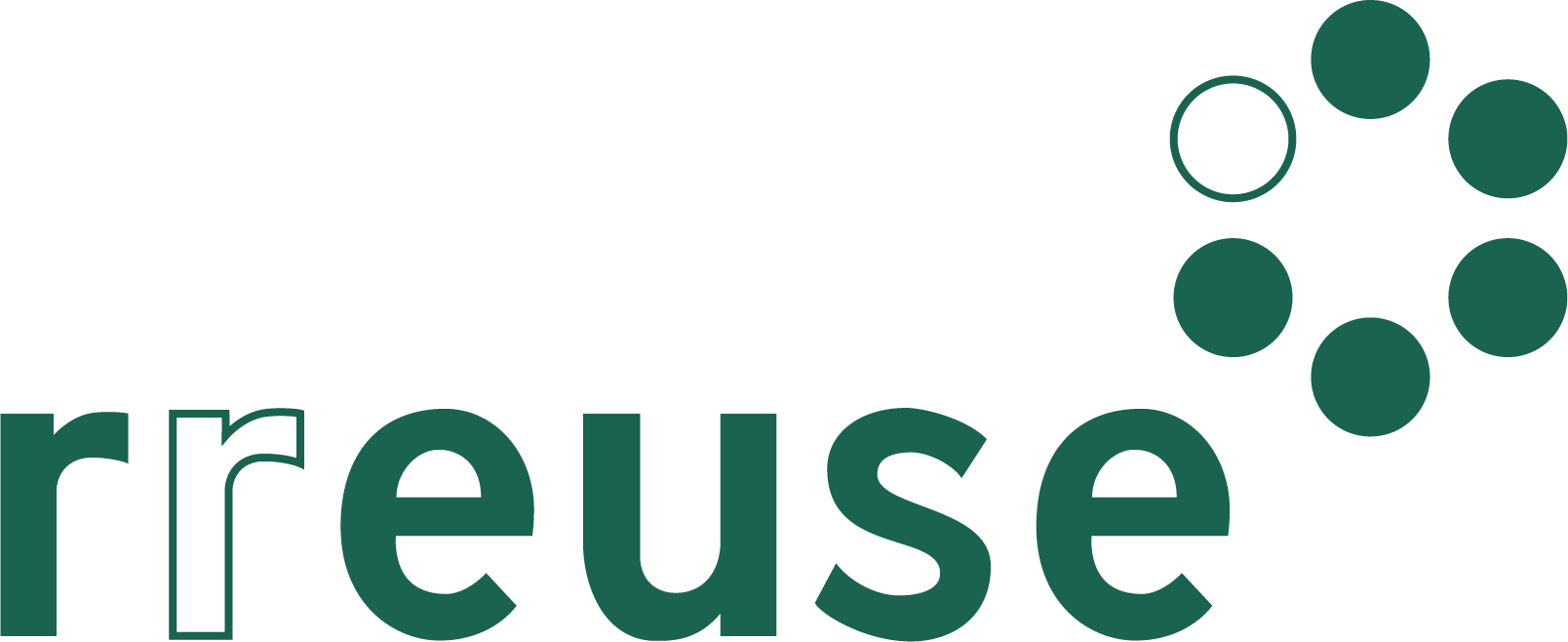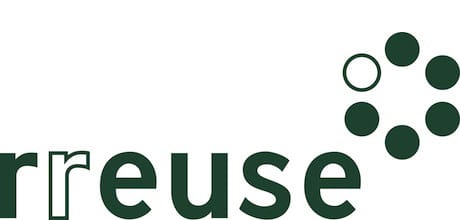Joint Position paper on the Revision of the Directive on Waste from Electrical and Electronic Equipment (WEEE)

The original Directive on Waste from Electrical and Electronic Equipment (WEEE) presented a pioneering approach to environmentally sound management of e-waste and was a first step towards a circular economy model. However, since the entry into force of this directive in 2012, the challenges in dealing with EEE have grown and considerable technical developments have taken place so that the current WEEE Directive is no longer fit for purpose. In particular, the main focus on end-of-life
throughout the directive is no longer appropriate. It is therefore urgently necessary that the WEEE Directive is quickly and fundamentally revised, expanded and updated. Furthermore, it is recommended to consider a conversion of the WEEE directive into a WEEE Regulation, since a regulation comes into force immediately, is more legally binding and ensures more harmonised rules throughout Europe. In the context of the upcoming review, the European Commission should:
1. Set quantitative targets to reduce environmental footprint from EEE.
2. Promote horizontal ecodesign and information requirements.
3. Phase-out substances of concern by design.
4. Apply the right to repair.
5. Promote re-use.
6. Increase and enforce producer responsibility.
7. Enhance WEEE collection.
8. Set modern rules for WEEE treatment, collection, logistics and preparation for re-use.
9. Stop illegal exports.
10. Ban the destruction of unsold EEE

